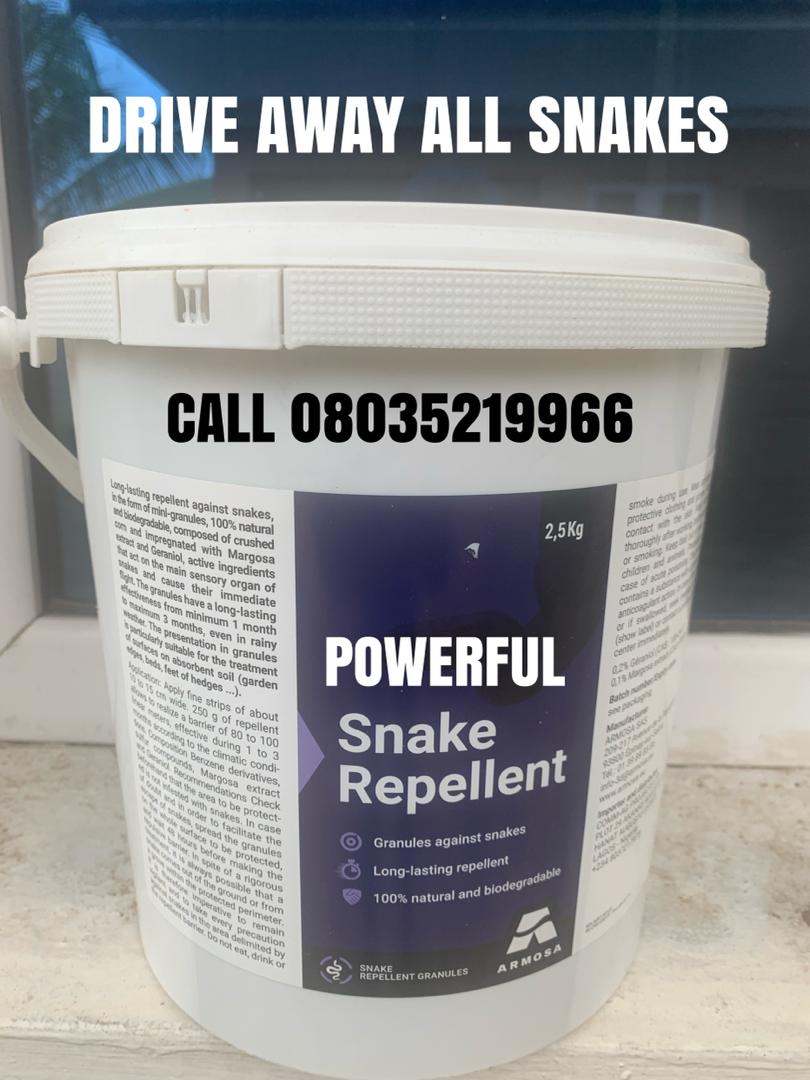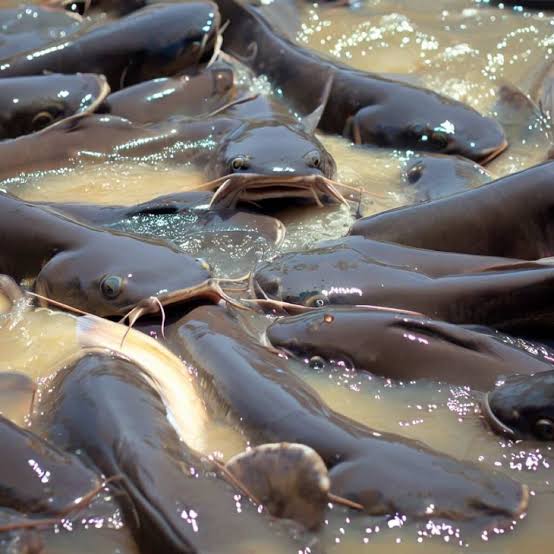The best approach to Biosecurity in catfish farming business
Biosecurity is essential in catfish farming to prevent disease outbreaks and maintain the health of your fish. Here’s a comprehensive explanation of the best approach to biosecurity in catfish farming:
 Learn More
Learn More1. Controlled Access:
– Limit access to your catfish farm to authorized personnel only, including staff and necessary visitors. Establish controlled entry points and maintain a visitor log to track who enters the farm.
2. Isolation and Quarantine:
– Isolate and quarantine new fish, equipment, or supplies before introducing them to the main population. This allows you to observe for any signs of disease and ensure they are disease-free.
3. Pond Management:
– Manage your ponds properly, maintaining water quality and sanitation. Regularly monitor parameters like temperature, dissolved oxygen, pH, and ammonia levels to create an environment conducive to healthy fish.
READ ALSO Most Profitable Agricultural Business Ideas for Young Entrepreneurs
4. Sanitation and Disinfection:
– Implement strict sanitation and disinfection practices. Regularly clean and disinfect tanks, equipment, and other farm infrastructure. Properly dispose of waste materials to reduce disease vectors.
5. Pest Control:
– Control pests like insects, rodents, and birds that may introduce diseases or contaminate the fish environment.
6. Health Screening:
– Periodically screen your fish for diseases, and consult with a veterinarian to establish a health management plan. Early detection and treatment of diseases are crucial.

7. Biosecurity Protocols:
– Develop and enforce detailed biosecurity protocols for all farm activities. Ensure that all personnel are educated about these protocols and strictly adhere to them to minimize disease transmission.
READ ALSO 10 creative ways to accelerate your success in catfish farming business
8. Equipment and Supplies:
– Carefully select and maintain equipment and supplies to avoid the introduction of diseases. Ensure that vehicles and tools are cleaned and disinfected regularly.
9. Record Keeping:
– Maintain accurate records of farm activities, including fish movements, feedings, water quality parameters, and health data. These records are vital for tracing the source of disease outbreaks and managing them effectively.
10. Education:
– Continuously educate and train all farm personnel on biosecurity measures and the importance of compliance. Promote a culture of biosecurity as a collective responsibility.
11. Consultation:
– Regularly consult with qualified veterinarians and local agricultural authorities. They can provide guidance on disease monitoring, vaccinations, and emerging disease risks specific to your region.
ATTENTION: Click “HERE” to join our WhatsApp group and receive More updates directly on your WhatsApp!
12. Contingency Planning:
– Develop a contingency plan for disease outbreaks, including protocols for isolating affected fish, treatment, and disposal. Having a plan in place can minimize the economic impact of a disease outbreak.
Biosecurity is an ongoing process that should be adapted to your specific farm’s needs and the disease risks in your region. Diligently implementing these measures can significantly reduce the risk of disease outbreaks and protect the health of your catfish population.
🧩CREATED BY DR JOSEPH DEJI-FOLUTILE















